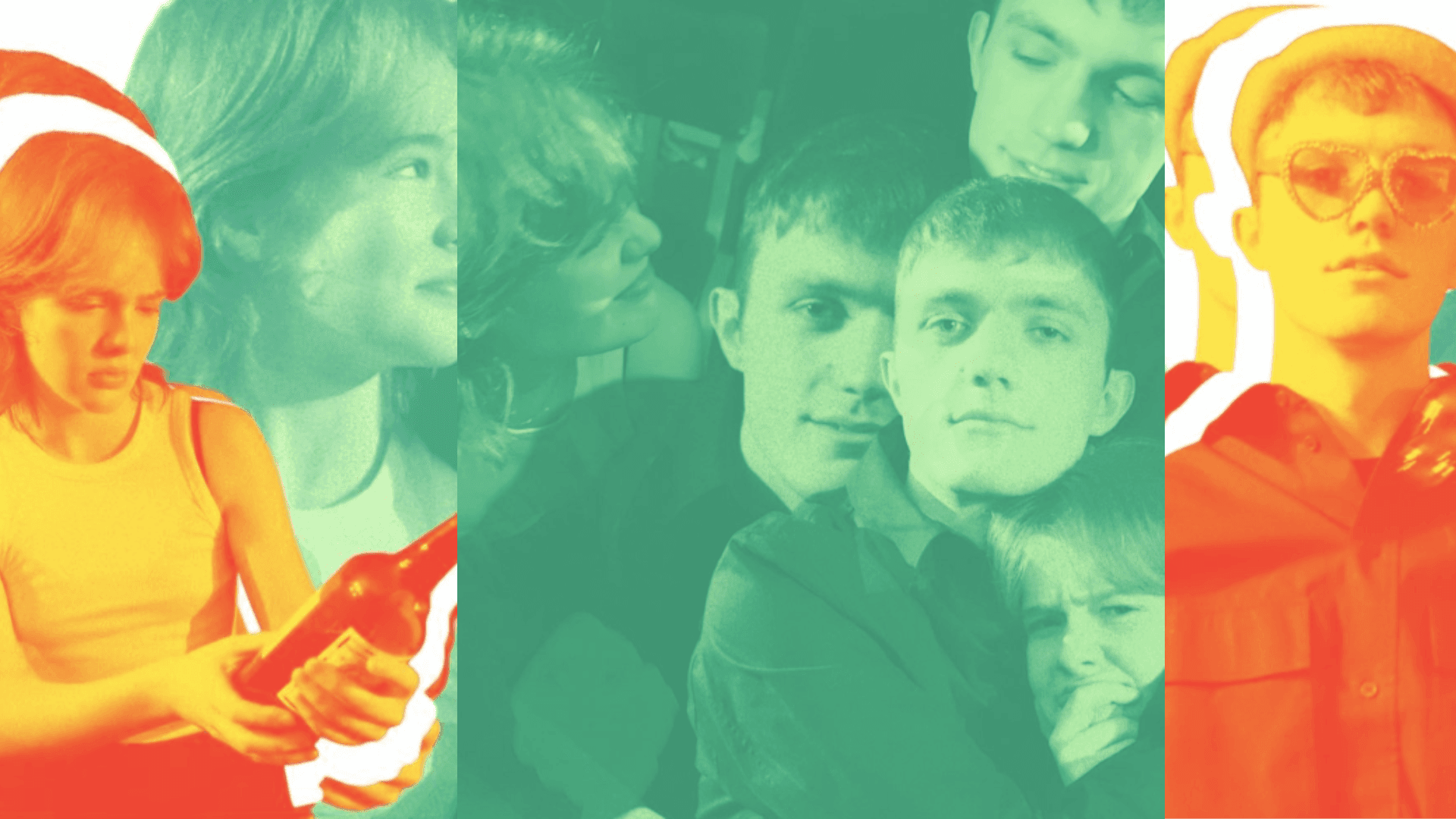
'An Intervention' Review: ★★★★★
Performance Review
Maia von Malaisé’s direction of An Intervention navigates the play’s tragicomic balance with skilful elegance.
Maya Marie
Maia von Malaisé’s direction of Mike Bartlett’s An Intervention navigates the play’s tragicomic balance with skilful elegance. Staged in Pembroke New Cellars, the play utilises the pared-back and intimate venue to sing to the script’s minimalism. It upholds this theme, only in choice moments veering from it in order to bring the dynamic relationship of performers Maddy Power and Theo Tompkins even closer to touch. The outcome: no audience member is left unscathed by An Intervention’s devastatingly ambiguous, and all too personal, conclusions.
Audience investment in characters is perhaps the most foundational component of performance. Yet, the maintenance of this bond is more crucial than ever in Mike Bartlett’s 2014 play, which at its centre posits questions of intimacy: how far are we responsible for each other; how close is too close; is it possible to stay in one’s own bubble?
In addressing these questions, Bartlett continually redefines friendship. At the most fundamental level, we are looking at the “best friends”, A and B, who fuel the two-hander, and are invited to consider the extent to which they ought to intervene in what they each perceive to be the other’s defining problems. Through the play’s widest lens, we are examining the merits of military intervention, as an unnamed war shakes in the play’s backdrop and, a divisive subject, becomes a key force for the unravelling of A and B’s friendship. Questions of responsibility thus ripple across relationships at multiple levels of removal. The damaging consequences of both action and inaction build to an unbearable point of ambiguity that induces one to step back and look at the elephant in the room: how far the audience—those most tangibly looking onto the action—are implicated to intervene. Just sitting and watching suddenly seems wrong.
The play’s astute direction from von Malaisé and Assistant Directors Daniel Patten and Olivia Krauze allows the play to reach this haunting climax. Their choices are simple but clearly aimed towards the intention of intimacy. The play is performed in the round, with audience members forced to face each other as they physically respond and become collectively involved in the play’s action. A and B emerge from, address, and often return to seats in the front circle, further collapsing the distance between the audience and the action.
Moments of intense connection between A and B are punctuated with sudden changes in lighting. A particularly effective moment takes place in ‘Art’, whereby, as B confesses, “I don’t think that that’s particularly what we do for each other: happiness,” a tonal shift is signified. Suddenly, the lighting switches to blue and the audience is immersed in a swathe of ocean sounds. The gallery moves underwater. I do wonder if this abrupt moment of non-diegetic accentuation would be underscored if repeated in other moments of particular intensity, rather than representing an anomaly in an otherwise consistent and unified stylistic palette. Indeed, the continual presence of war is asserted evocatively in the chaotic sonic world comprised of disparate news recordings and dissonant music that assaults the audience throughout scene transitions. Small-scale productions that use sound effectively are few and far between in Cambridge, so huge shoutout to sound designers Tirza Sey and Patten for their brilliantly well-researched and coordinated pieces.
Props are central to the plot of each scene in An Intervention and also to the further unravelling of A and B’s relationship. This production sticks keenly to the script, adding nothing superfluous. The interpretation of the second scene’s ‘picture’, as a frame hung on a coat hanger, through which the characters (and the audience) could see merely each other, worked particularly well, not least in its foreboding resemblance to the noose which will hang on the same cable in the final scene.
The play reaches a harrowing—but not humourless—apotheosis in this final scene as Thompkins and Power leave nothing from their performances of A and B’s desperate lows. Power’s terrific acting is showcased as her B finally breaks following scene after scene of her showing unflinching resistance (this space allowed Thompkins’ brilliant variety in character to shine earlier in the play). The final scene starts as the first did, with dancing that becomes full-throttle thrashing (Aftersun comes to mind as a potential reference point?), but the pain within B’s movement is now much more pronounced and becomes felt across the audience.
The play ends with a devastating, drawn-out quandary in which B struggles to support A. Neither of them able to move, B’s attempt to save A is merely delaying the inevitable rather than a constructive intervention. Of course, a gesture back to the context of military intervention, failing to have effectively supported each other, the two characters are left calling out for further help. An intervention needs intervention needs intervention. This production, however, needed no intervention of any sort. 5 stars.